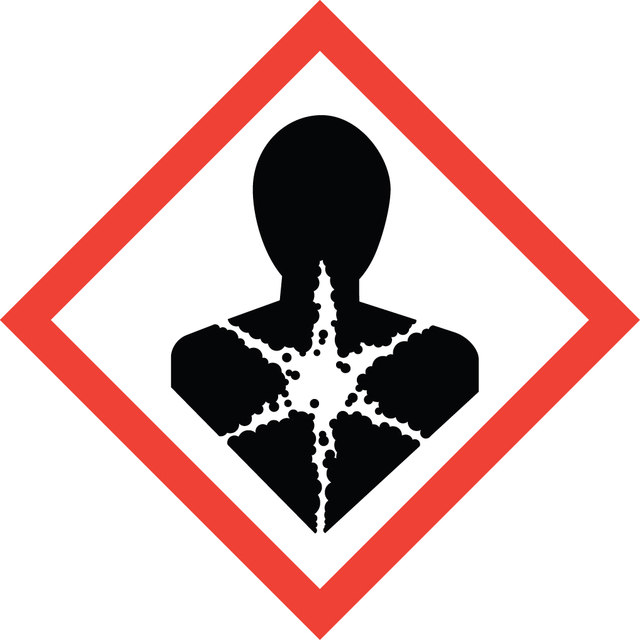Select a Size
About This Item
Agency
suitable for SM 4500 - NH3
suitable for SM 5210
Quality Level
vapor pressure
2.6 mmHg ( 20 °C)
product line
ReagentPlus®
Assay
≥99.5%
form
powder
mp
160 °C (dec.) (lit.)
solubility
water: 40 mg/mL, clear, colorless
density
1.440 g/cm3
SMILES string
OB(O)O
InChI
1S/BH3O3/c2-1(3)4/h2-4H
InChI key
KGBXLFKZBHKPEV-UHFFFAOYSA-N
Looking for similar products? Visit Product Comparison Guide
Related Categories
General description
Application
- A catalyst to synthesize poly(δ-valerolactone) via bulk-ring opening polymerization.
- A ligand to synthesize metal-organic frameworks.
- A reagent in the preparation of borate buffer.
- A crosslinker to electrospun dextran nanofibers.
Legal Information
Signal Word
Danger
Hazard Statements
Precautionary Statements
Hazard Classifications
Repr. 1B
Storage Class Code
6.1D - Non-combustible acute toxic Cat.3 / toxic hazardous materials or hazardous materials causing chronic effects
WGK
WGK 1
Flash Point(F)
Not applicable
Flash Point(C)
Not applicable
Regulatory Information
Choose from one of the most recent versions:
Already Own This Product?
Find documentation for the products that you have recently purchased in the Document Library.
Related Content
This page is intended to make it easier to find the consumables you need based on the analytical method you’re using. Methods included on this page come from the EPA, Standard Methods and ASTM.
Our team of scientists has experience in all areas of research including Life Science, Material Science, Chemical Synthesis, Chromatography, Analytical and many others.
Contact Technical Service